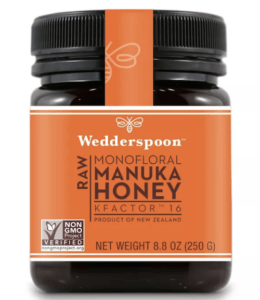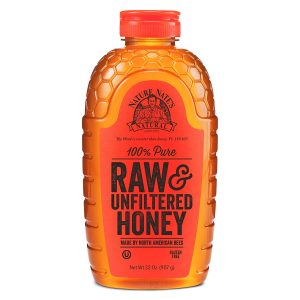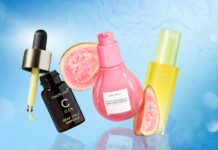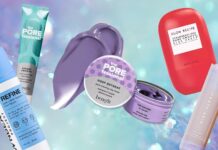
Word is getting out that the link between food and acne is no longer a myth! So does the top two contributions to our diet, sugar and dairy, count? Based on our research on what causes acne, we definitely think so!
Sugar
Sugar is everywhere and it is delicious. From desserts to fruit and even bread, sugar may make up a good “sneaky” portion of our diet but it’s also a viable energy source to keep our bodies functioning. It’s is mostly found in processed carbs such as white bread, cakes, and cereal. And…let’s be honest with ourselves: we tend to overeat those.
To understand the relationship between sugar and carbs, let’s backtrack for a bit. Carbs are split into two groups: simple carbs and complex carbs.
Simple Carbs
Simple carbohydrates are quick burning fuels that give the body a burst of energy. These typically consist of sugars like glucose, fructose, sucrose, and maltose. To give you some perspective, fructose is a sugar that’s found in fruits, but is also used for flavoring candy. At a molecular level, these sugars resemble sentient hexagons that are easily broken down by our body’s digestive system. Some examples of simple carbs include cupcakes, cookies, donuts, soda, juices, and everything else that sweet tooths in the world can’t resist.
Complex Carbs
Complex carbohydrates (also known as starches) are sugars that provide fuel to the body but they break down slowly throughout the day. This helps the body retain energy and keeps us feeling full for a longer period of time. At a molecular level, these complex carbs are a cluster of hexagonal sugars kept together in chains. Examples of complex carbs include starchy veggies such as broccoli and sweet potatoes, whole wheat, and rice.
Complex carbs in general are what we should gear towards for maintaining a healthy diet. Simple sugars, on the other hand, likely leads to acne and breakouts. Since they are easily digested, the body releases insulin to combat the sudden spike in glucose, which causes a burst of inflammation. Remember that your body experiences inflammation to protect itself from infection, illness, or injury.
Essentially, eating simple sugars is like pouring gasoline into a fire. It burns uncontrollably fast and dies down just as quickly as it started.
The scary thing about overeating simple sugars is that excess sugar molecules can really damage your skin’s collagen levels through a process called glycation. This process allows the sugar molecules to “eat” away the collagen and elastin on your skin, so to speak, which can eventually create uneven skin tone, fine lines, and wrinkles. If this is a concern for you, we have an article on how Vitamin C can smooth out your skin texture.
Here’s the thing though: I’m not trying to scare you into cutting off sugars. Sugars are essential sources of energy that our body needs and we all deserve to treat ourselves to a slice of cake every now and then.
What you can do instead is to reduce the current amount of sugar you eat on a regular basis by swapping out processed sugars for natural sugars to reduce spiking your insulin levels.
For example, if you normally drink tea with two spoonfuls of sugar, gradually switch to one spoon of sugar, then one spoon of honey. And if you’re bold, you can start drinking your tea without any sugar in it.
Looking for some delish sugar alternatives? Here are some of our faves.
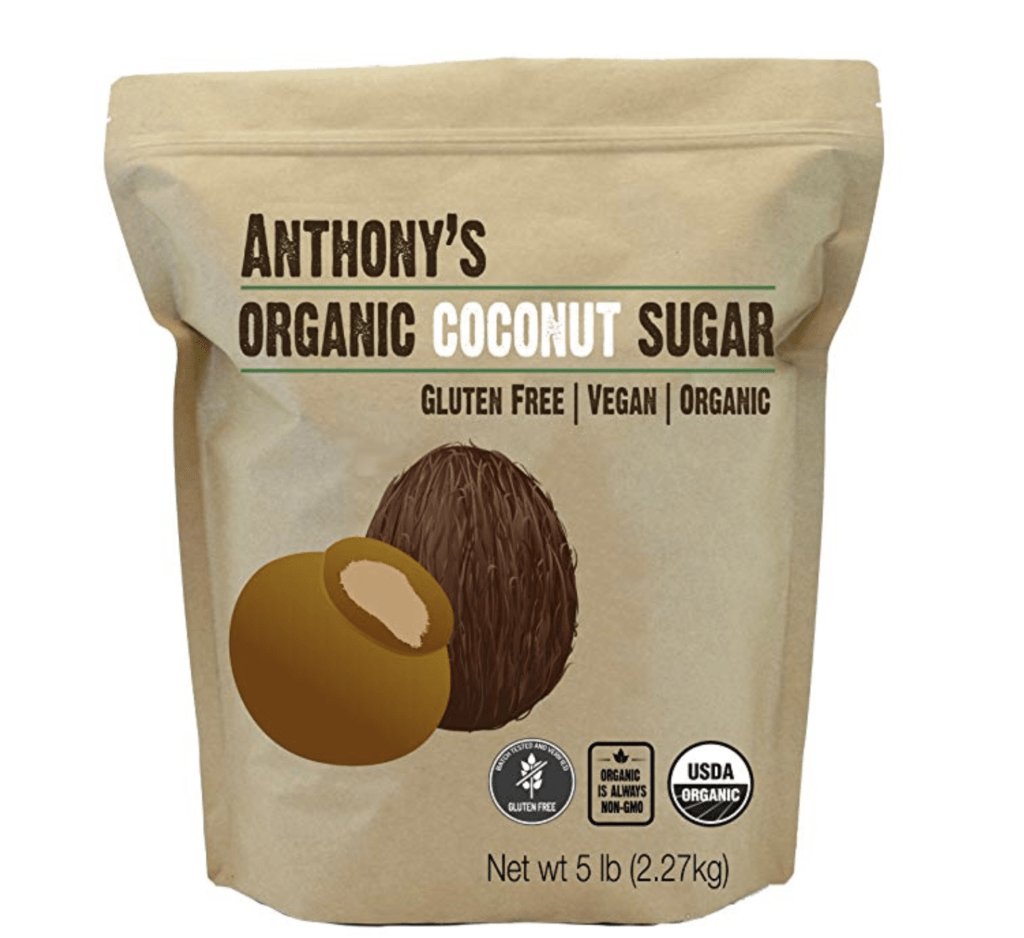
Since refined sugar increases inflammation in the body, alt. sugars like coconut sugar won’t spike your glucose levels as much
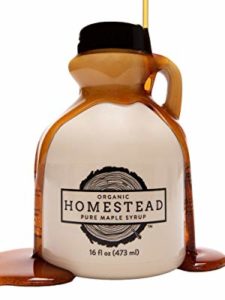
Maple syrup is great for sweetening hot drinks or incorporating into your fav baked goods
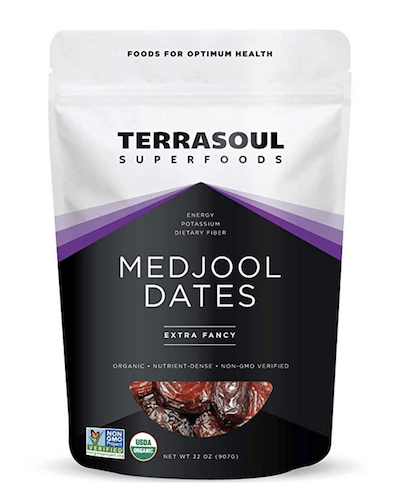
Dates are natural sweeteners which makes it a great option for sweetening smoothies or making vegan snacks
Dairy
Just like sugars, dairy is also a blessing and a curse to a good portion of mankind because it’s so darn delicious and dangerous. And note that I said “a good portion of mankind”.
For some of you, drinking dairy isn’t an issue and you can happily go about your day. But for others, it can cause a wide range of issues such as bloating, diarrhea, abdominal cramps, gas, and even acne.
Let’s explore deeper.
The two components to milk that may act as culprits are: high levels of insulin and dense amounts of hormones.
Milk is found to have high levels of insulin due to the proteins & the lactose (sugar found in milk) stimulating more insulin production.
So, how does this all work?
A glass of milk can contain anywhere up to 60 different types of hormones. One of them is called IGF-1 (Insulin Like Growth Factor 1), which is a hormone found naturally in our bodies by the time we reach adolescence. This growth factor hormone is responsible for our oily skin, acne, and fluctuating hormone levels. If you have oily skin, this skincare routine may be just right for you.
To put things in another perspective, when we, ladies, get our monthly gift from mother nature, we experience a fluctuating of hormones which causes inflammation in our bodies. Either way, as long as we drink milk, we’re receiving the same hormones in our bodies which may or may not have an adverse effect.
Before you consider investing in skim milk or a low-fat milk, know that these can actually increase acne production more so than whole milk. These two milks contain whey & casein proteins that release a hormone similar to IGF-1 which can be speculated as main culprits for acne and breakouts. But again, reiterating that the effects of milk can vary from person to person.
Milk Alternatives
The good thing about today is that there are lots of alternative milks out there that can deliver some of the essential nutrients of milk but without all the discomfort and acne. Since acne is a result of inflammation, it makes sense to look for foods and drinks that can help calm it down.
One drink you can consider trying is turmeric tea, black pepper and honey, which are great ingredients for their anti-inflammatory properties and work together to reduce the growth of acne-causing bacteria in your body.
If you insist on drinking milk (and if you’re not allergic to nuts!), you can consider drinking nut milks. Here are some of our favs:
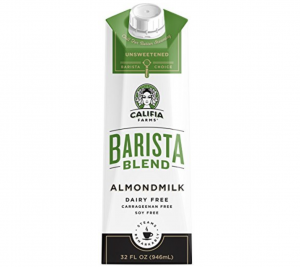
Almond milk tastes earthy and is slightly thick in texture, which makes it great for coffees

For those wanting to try macadamia milk, this one is a great intro! It has a more liquidy texture but smooth mouthfeel
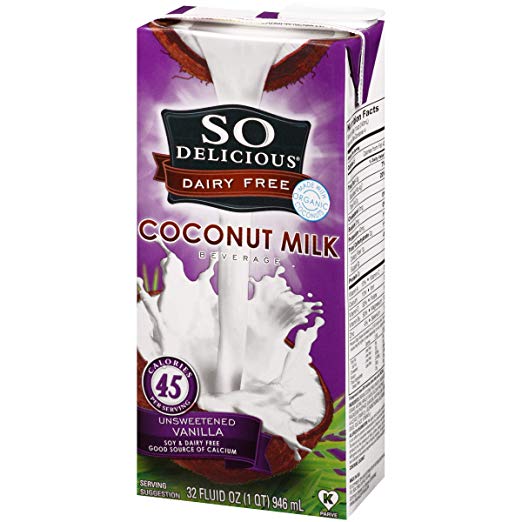
Coconut milk is probably closer to skim milk in taste and has a watery consistency. Great for incorporating into smoothies

Oatly is what our BW team currently loves! The texture is thick with a smooth mouthfeel. Tastes great on its own but it’s also said to taste great in coffees!
Hopefully this helps you become more aware of your body and how it reacts to the foods you consume. There can be many underlying reasons as to what causes acne. If you’ve done all that you could, from over the counter acne spot treatments to cutting skincare products, consider your diet to help your body from within. This doesn’t mean you should completely cut out every single sugary or milk-based food or drink; eat in moderation and have fun experimenting expanding your palate! At the end of the day, food is energy and an essential part of our lives.
Full Video:
Head over to more information and product recommendations:

